News
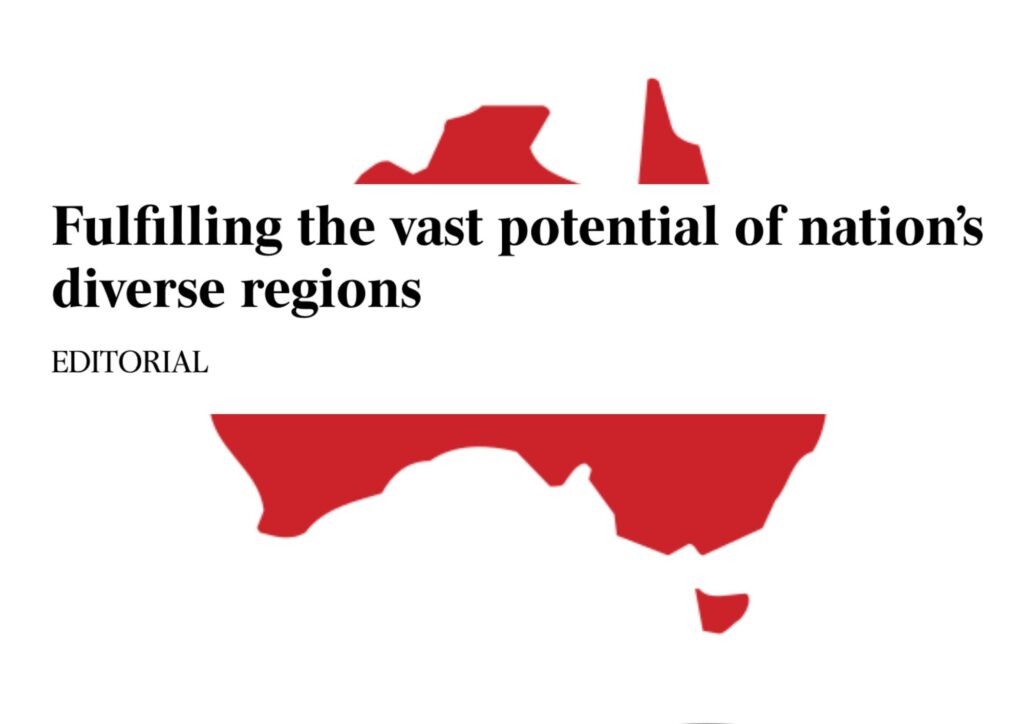
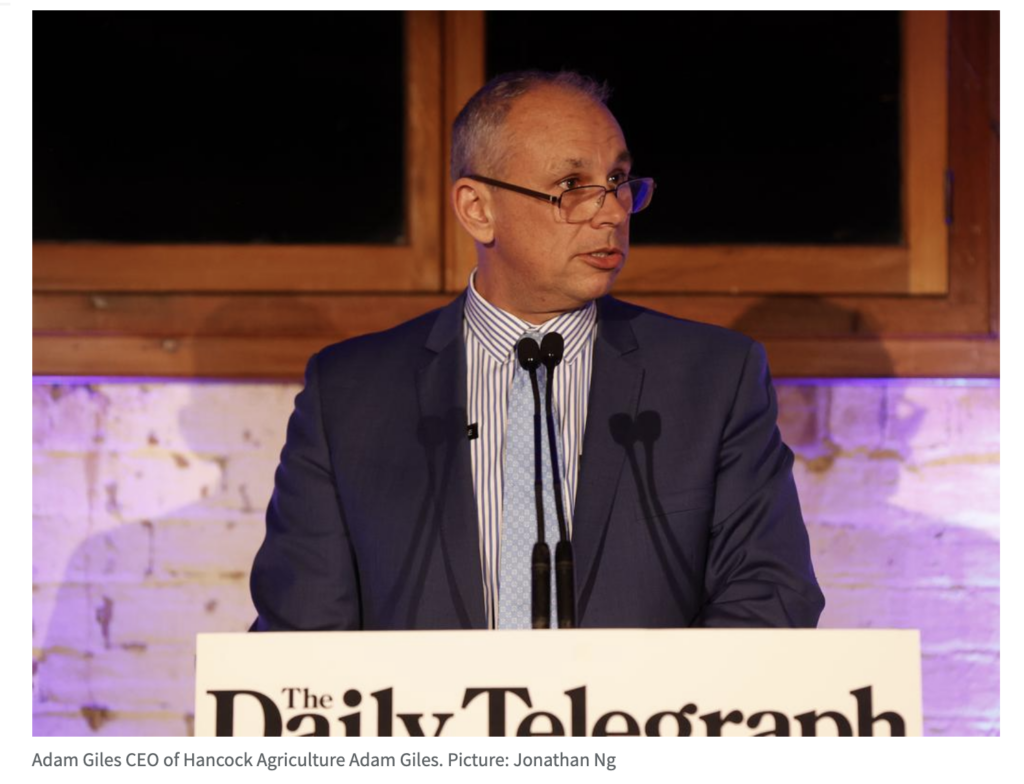
The Daily Telegraph Bush Summit 2023: Adam Giles, Chief Executive Officer, Hancock Agriculture and S. Kidman & Co
The National Bush Summit invites community leaders, policy-makers and politicians to discuss challenges facing rural and regional communities. These groups will come together to propose practical solutions that opens new opportunities and improve services in regional Australia, as well as celebrate local success.
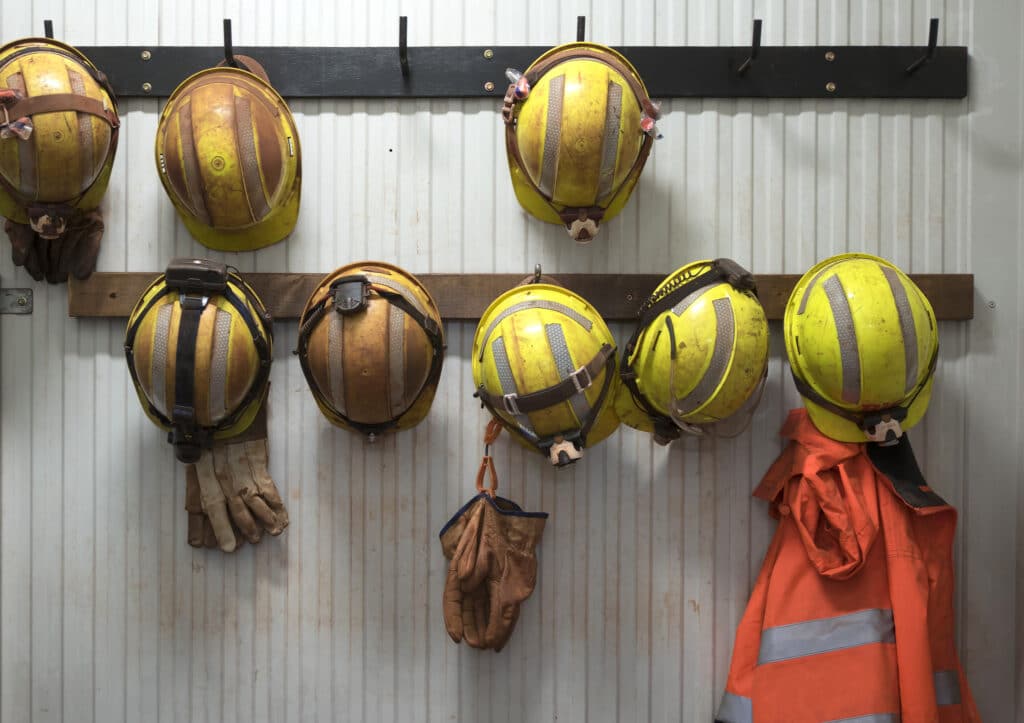
Mining sector delivers billions to Australia
The mining industry has contributed a record $455 billion in export revenue for Australia during the 2022–23 financial year, according to the Australian Bureau of Statistics (ABS). The Minerals Council of Australia (MCA) said the record result highlights the importance of the mining industry to the country’s economy, government revenues and regional jobs “The industry’s significant contribution to the nation’s export earnings cannot be taken for granted,” MCA chief executive officer Tania Constable said.“Australia risks dealing itself out of trillion-dollar critical minerals markets unless it gets serious about addressing rising costs, declining productivity and increased policy risks.”
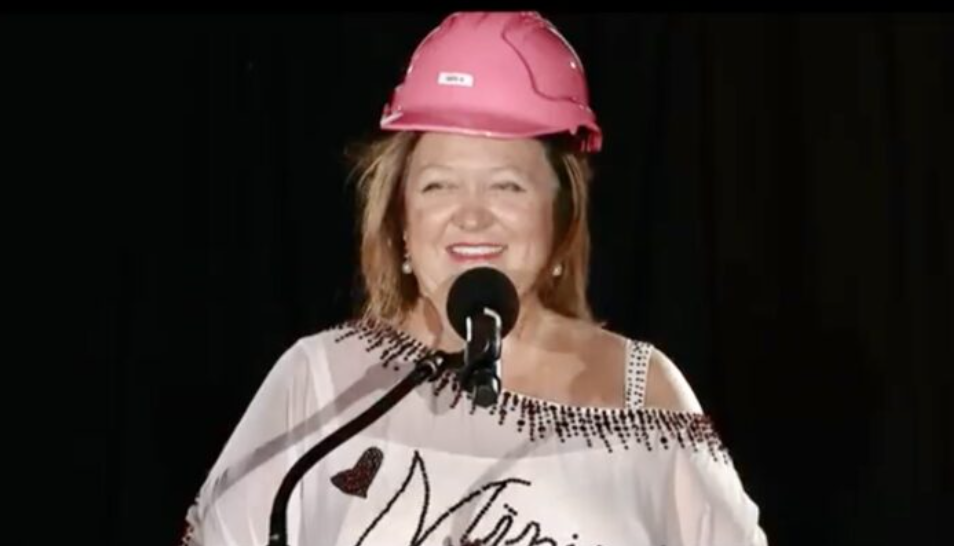
Gina Rinehart donated $60M to Australian Olympics after 2012 swim team flop
The West Australian reports Australia’s richest woman Gina Rinehart has donated over $60 million to Australian Olympians over the past decade, new figures reveal. The mining magnate and current Western Australian of the Year, whose net worth is estimated to be close to $40 billion, began supporting Australian athletes after the swimming team won just one gold medal at the 2012 London Olympics.
Through her company Hancock Prospecting, she has since poured money into Australian swimming, rowing, and volleyball.
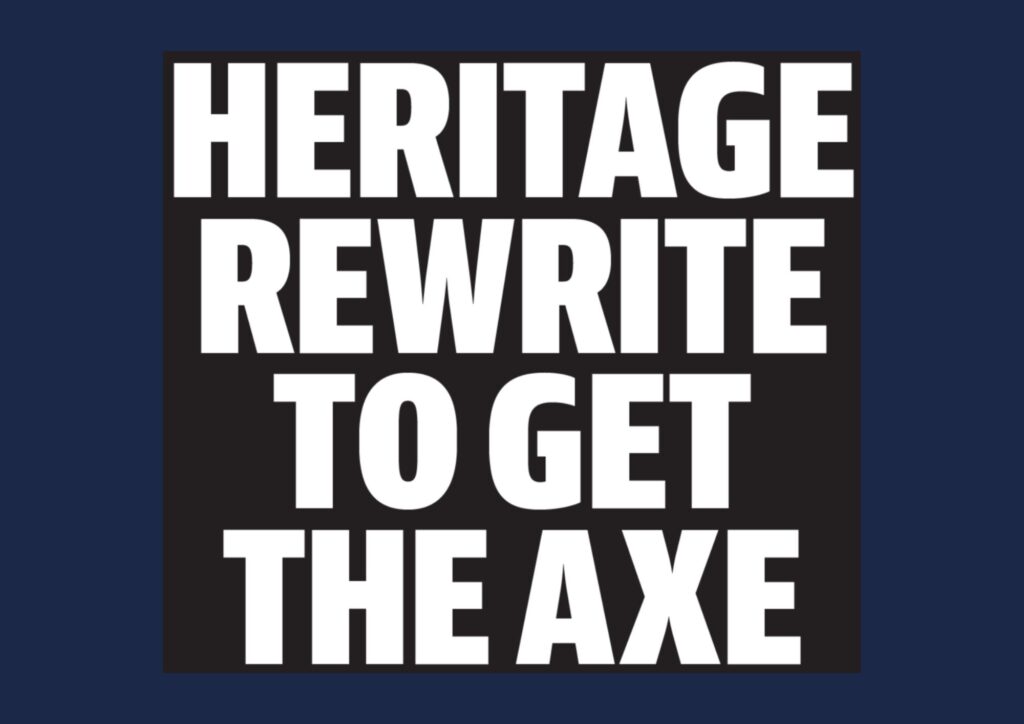
HERITAGE REWRITE TO GET THE AXE
The controversial overhaul of WA’s Aboriginal heritage laws will be scrapped completely in a stunning development just one month after the changes came into effect. Facing a wave of anger and anxiety — particularly among the State’s farming community — Premier Roger Cook and Aboriginal Affairs Minister Tony Buti are poised to make the announcement within days. The West Australian understands major resources companies and Indigenous groups were briefed on the decision on Friday.
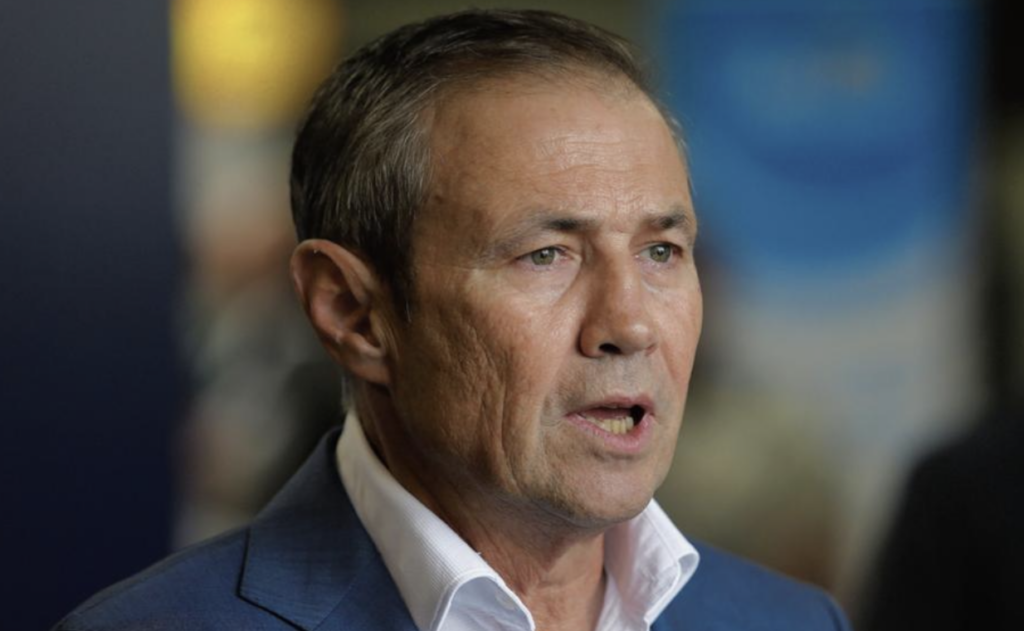
Aboriginal cultural heritage law changes to be scrapped after overwhelming pressure on Cook Government
The controversial overhaul of WA’s Aboriginal heritage laws will be scrapped completely in a stunning development just one month after the changes came into effect. Facing a wave of anger and anxiety — particularly among the State’s farming community — Premier Roger Cook and Aboriginal Affairs Minister Tony Buti are poised to make the announcement within days.
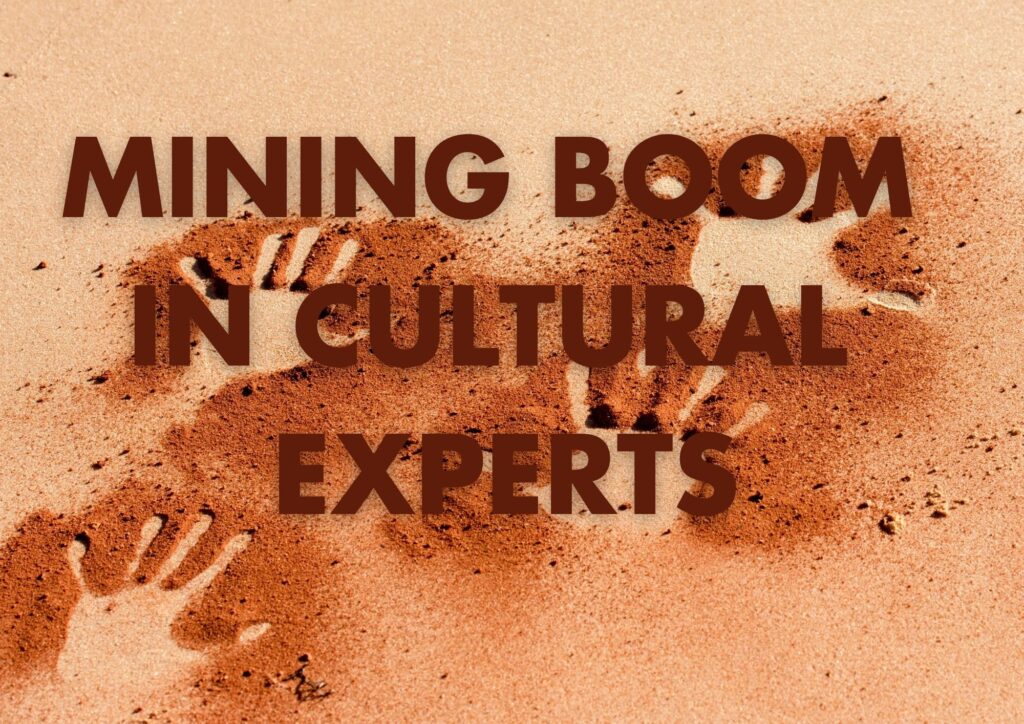
MINING BOOM IN CULTURAL EXPERTS
An advertisement for a heritage principal at Gina Rinehart’s Hancock Prospecting says the position is needed to “ensure compliance with the Aboriginal Cultural Heritage Act 2021”. It says the successful applicant will “provide project specific and general advice to business regarding new ACHA 2021 requirements and guidelines including drafting reports, memos, and internal business advice related to heritage.” Implementing the new Act has led to widespread criticism by farmers and businesses, with complaints centred on high compliance cost burdens for landholders and the potential deterrent to investment and jobs. Shadow lands minister Neil Thomson questioned why the additional departmental positions hadn’t been established when the Act came into force on July 1.
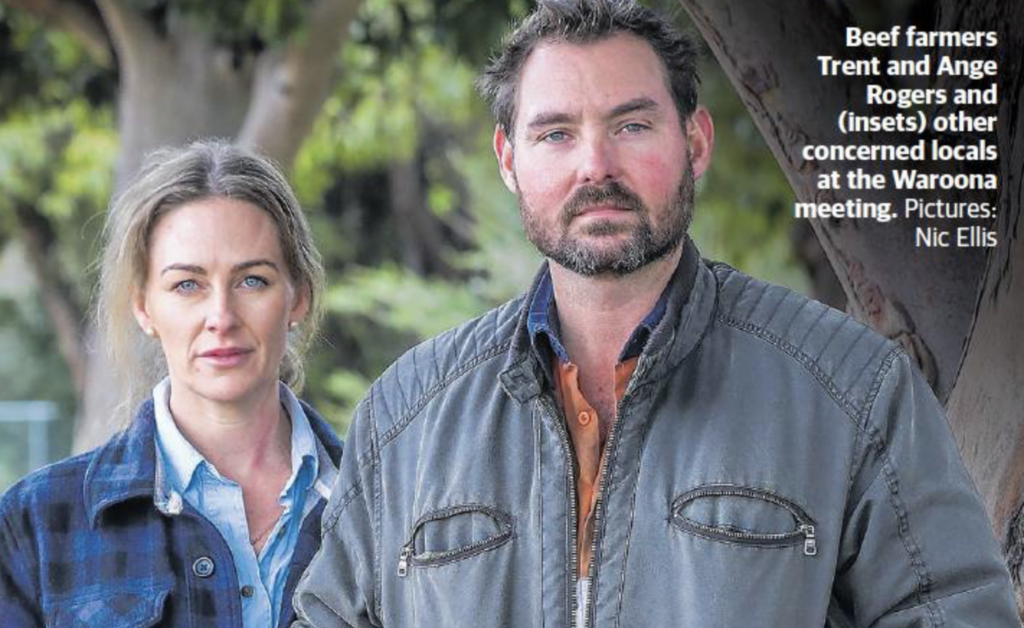
FARMERS FEAR LEGISLATION COULD SEND THEM BROKE
Farmers are worried they could go bankrupt or be sent to jail for falling foul of contentious new Aboriginal cultural heritage laws, a fiery South West community forum has heard. Another issue that emerged as a flashpoint for Waroona landholders at the packed-out Monday town hall meeting is the high cost of commissioning surveys and a 20-fold increase in the maximum penalty for breaking the rules — as well as the additional prospect of jail.
“What I would like to know is why our property rights are being eroded? And I would like to know why, if this is so important to the country or the State, the State Government is not paying?”
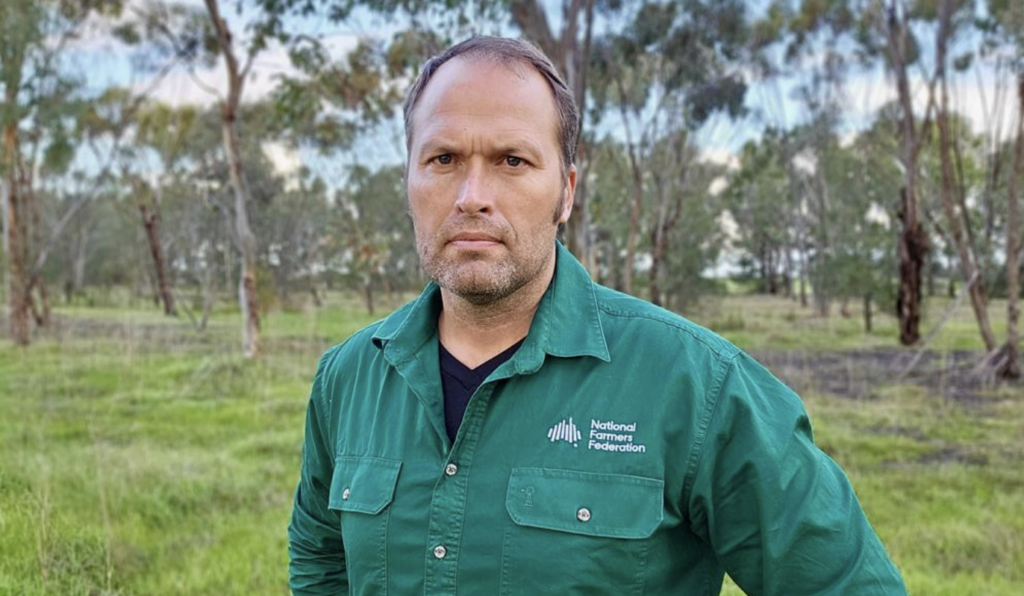
‘HIDDEN’ HERITAGE LAWS STIR ANXIETY
“We wake up in the morning and decide if something needs to get done, and then we get it done,” he said. “If we need to build a fence, we build the fence, but this sort of thing could delay us for months even on a simple thing like that. “There wouldn’t be a farmer around here who doesn’t want to see Aboriginal people in the area get ahead, but these rules are the sort of thing made by bureaucrats and environmentalists who have never spent time on the land.” -Jamie Warden, a fifth-generation farmer
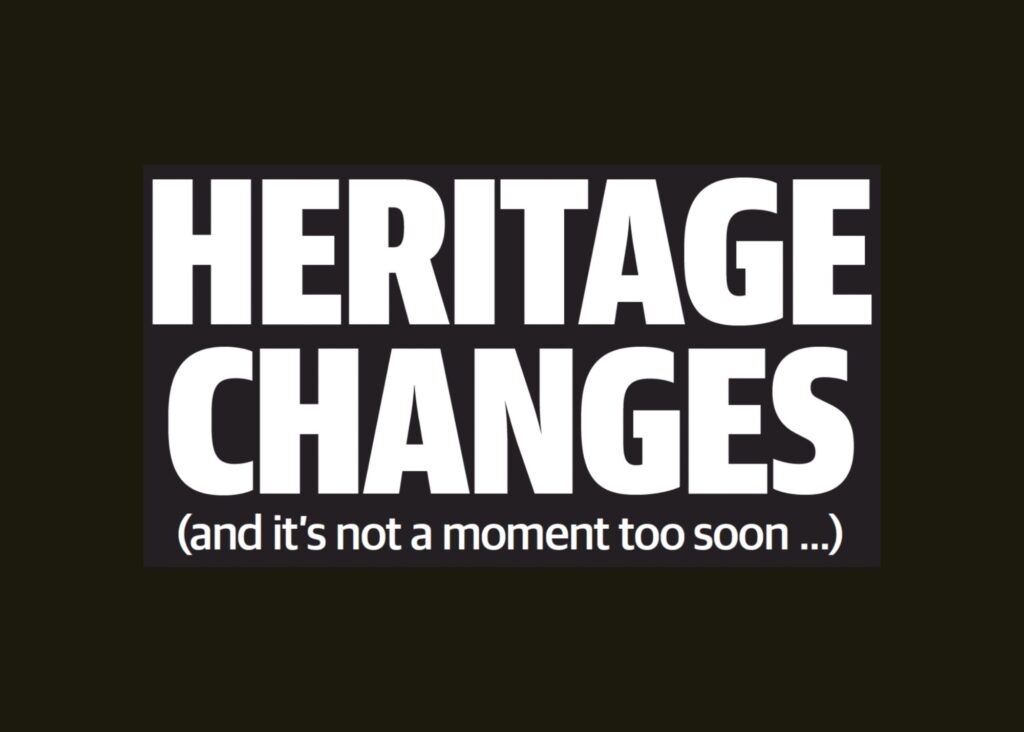
HERITAGE CHANGES (and it’s not a moment too soon …)
Premier Roger Cook is prepared “to make changes where (Aboriginal heritage laws) need to change” in the clearest sign yet momentum is building for an overhaul of the controversial legislation. The statement — delivered by the Premier in Port Hedland on Wednesday — was echoed by Finance Minister Sue Ellery, who said the Government was open to modifying regulations governing the Act “immediately” if major issues were identified. “The minister has come out this week and said if changes need to take place they will take place,” Ms Chappel said. “Well, I think what would be really encouraging is if it’s acknowledged that a change has to take place, that those changes take place sooner rather than later. We don’t want to wait 12 months to go ‘That didn’t work’. “Let’s change it now. Let’s acknowledge that some of these things may not be working as they should and change them immediately.”
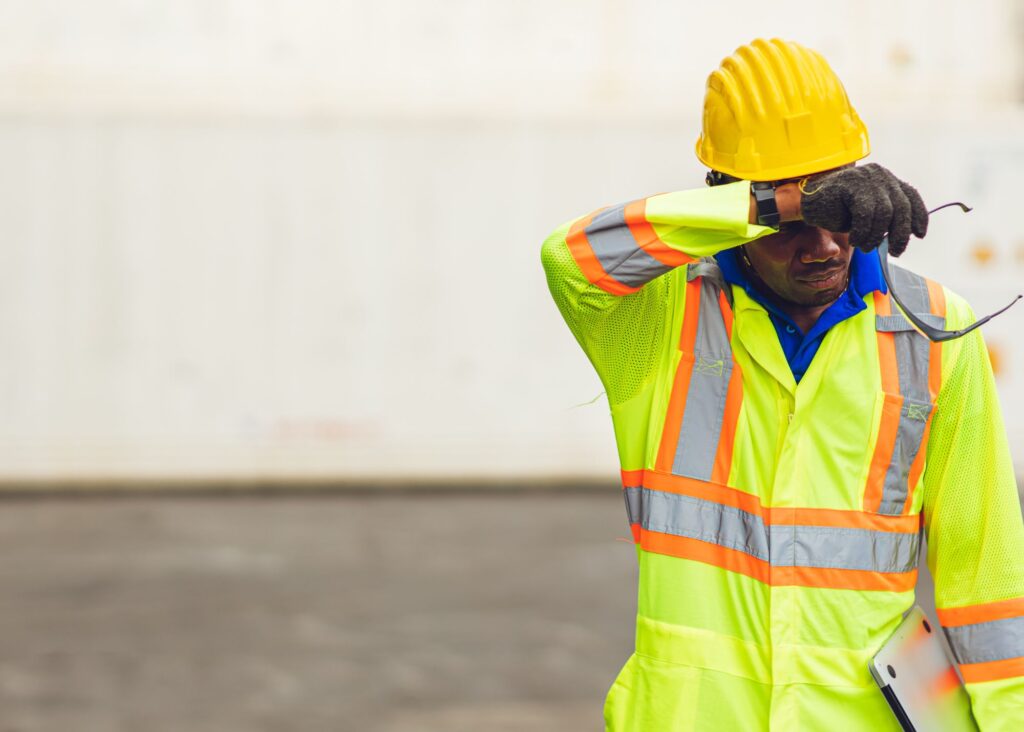
Worker shortages hit WA
“Job number one for Premier Cook is to fix Western Australia’s worst-in-the-nation worker shortage levels, which is stifling business performance and punishing customers,” Mr Davidson said. “We are calling on Premier Cook to lead the charge in National Cabinet to have discriminatory tax and red tape barriers that are preventing our pensioners, veterans, and students removed to alleviate this crisis and he deserves bipartisan support,” said Mr Davidson. “Removing unfair barriers on pensioners, veterans, and students is a no-regrets policy which will get more Australians who want to into work, more money into local economies, while increasing tax revenue, and providing a critical source of dignity and self-esteem to our most experienced Australians,” said Mr Davidson.

Aboriginal Affairs Minister Tony Buti opens door to major overhaul of contentious heritage laws
Aboriginal Affairs Minister Tony Buti has opened the door to a major overhaul of controversial Indigenous heritage laws, declaring nothing was off the table and “if there needs to be change, they will be changed”. Criticism of the new regime has come from all quarters, including leading Mabo case lawyer Greg McIntyre who on Monday described the laws as “unworkable” and in need of significant improvements. Responding to those comments, Mr Buti said Mr McIntyre was entitled to “have his own opinion” but that as minister his focus was on “ensuring (the heritage laws) operate in the best possible way”.